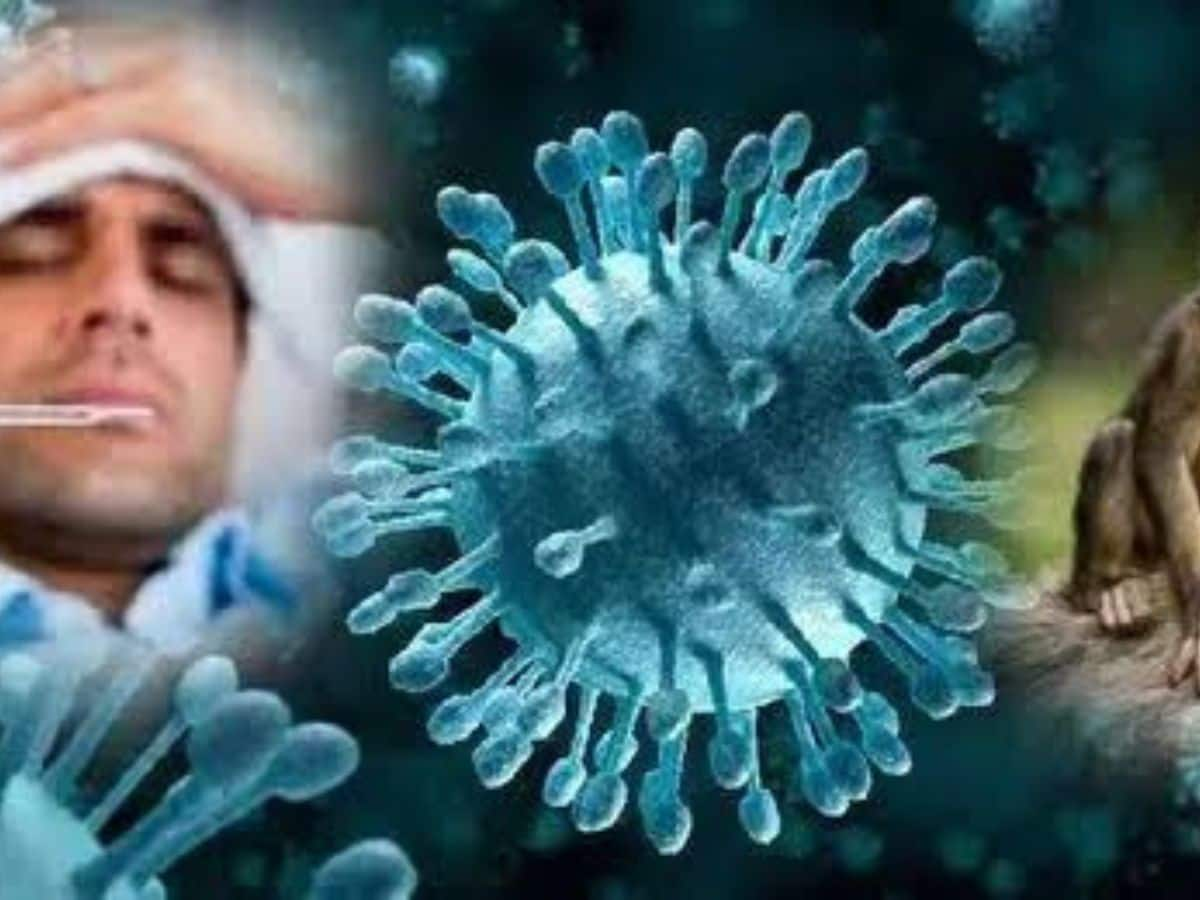Share this @internewscast.com

Kyasanur Forest Disease (KFD) Virus Infection: Scroll down to know the top 7 warning signs of monkey fever that you may notice after getting infected.
Monkey Fever, also known as Kyasanur Forest Disease (KFD) is a viral ailment that passes via ticks. It first emerged within India’s Kyasanur Forest back in 1957, and it has since made its way to other regions including Maharashtra, Goa, and Kerala. Predominantly, monkeys are the main victims, but humans aren’t exempt; contact with infected ticks can make us susceptible too.
As of now, an 18-year-old girl and a 79-year-old man have so far succumbed to the disease, out of 49 positive cases in Karnataka. In this article, we take a close look at what this virus infection does to your body and what symptoms may show up when you are infected.
Symptoms of Monkey Fever
The disease varies in severity and its early symptoms encompass fever, headache, muscle soreness, and fatigue – quite similar to other illnesses like dengue and chikungunya. Diagnosing Monkey Fever can therefore be challenging based on symptoms only. However, a few unique warning signs are pointing towards a possible infection.
One major alarm bell is the appearance of a rash, generally exhibited on the body’s trunk and potentially extending to the limbs. Appearing as red or purple spots, the rash can be itchy or even painful. So, if you notice a rash along with fever and muscle pain, it’s time to consult a doctor.
Another indicator is swollen lymph nodes – small, bean-like organs fundamental to our immune defenses. When your body combats an infection, the lymph nodes can inflate and become tender. Swollen lymph nodes in your neck, armpits, or groin hint towards Monkey Fever.
Here is a complete list of all the signs that your body may show up after getting infected by the money fever virus:
- Fever
- Chills
- Headache
- Severe exhaustion
- Nausea and vomiting
- Stomach pain
- Diarrhoea
- Meningitis
- Confusion
- Hemorrhagic signs like nose bleeds and bleeding gums
In grave cases, the disease can escalate to severe symptoms like bleeding and organ failure, particularly amongst the older population or those with compromised immunity. These signs warrant immediate medical consultation.
Diagnosis, Prevention, and Management Tips
Containment of Monkey Fever rests greatly on prevention. If you reside in or plan to visit Monkey Fever-prone areas, your best defenses include avoiding tick-infested locations, limiting monkey contact, wearing full-length clothing, and using bug repellants.
To sum things up, Monkey Fever, while primarily affecting monkeys, can also infect us via tick bites. Its symptoms are varied, but recognizing warning signs can help point towards a potential infection. Any suspicious signs require immediate medical help. By adhering to preventive measures and maintaining personal hygiene, you can significantly cut down your Monkey Fever risk.











